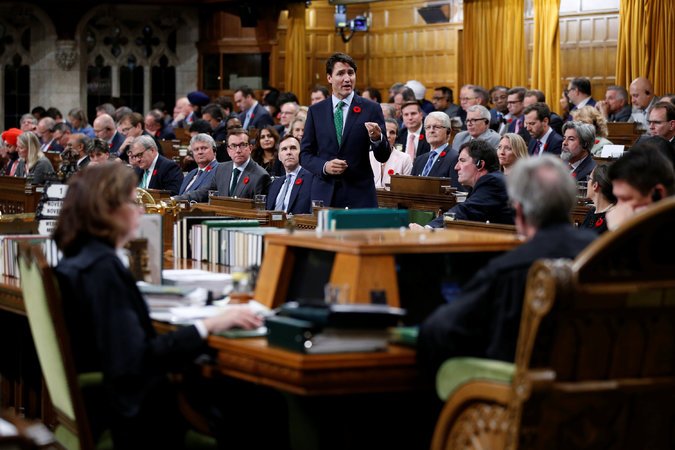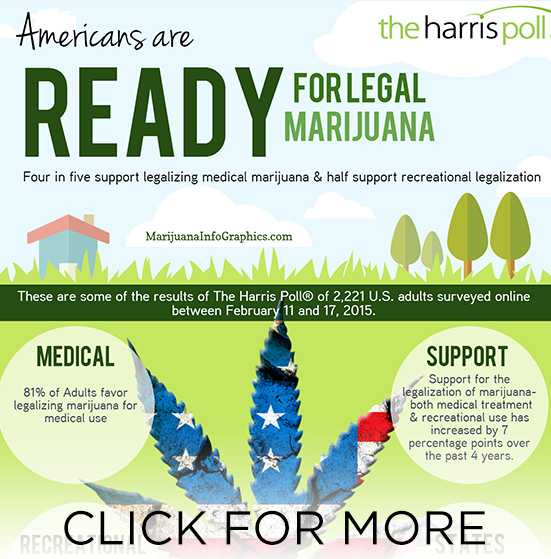Brian Pallister is kind of a genius.
For starters, Pallister — who has served as premier of Manitoba since the spring of 2016 — has figured out a way to govern one of the coldest bloody places in the country from the comfort of his Costa Rican villa for several months of the year. That alone deserves some sort of award.
Pallister also has a shotgun mouth, which occasionally has landed him in well-deserved trouble — like the time he suggested criminalized Indigenous youths were murdering moose at night to foment a race war in (otherwise friendly) Manitoba.
Occasionally, though, when he properly focuses his ire, trenchant words spill forth from Pallister’s gullet. This week, for example, he accurately skewered the utter folly of the Trudeau government’s policy of fast-tracking the legalization of recreational marijuana in this country. “The timeframe we’re on requires us to go to fast,” Pallister said on CBC’s Power & Politics. “We’re going to make mistakes.”
He’s right. Shoehorning cannabis legalization into 15 short months is an absurd proposition. It already has led to virtual panic in provincial governments across the country, as they struggle to not only figure out how to regulate and sell the stuff, but to wade through the acres of judicial, law enforcement and social implications that inevitably will emerge from the new legal marketplace.
And, like most bad decisions in politics, the seemingly arbitrary legalization date of July 2018 is motivated by almost nothing apart from politics. Simply put, the ostensibly pro-pot Trudeau government doesn’t want weed anywhere near the 2019 campaign trail.
But first, let’s take a look at what the legalization timeline has done to the provinces. Some provinces have set 18 as the age at which cannabis can be purchased and consumed. Others still say 19. Each province has to decide how much, if any, private sector involvement there will be in its sale. And each must determine and enforce the THC limits for drivers — a notoriously fraught problem that isn’t analogous to the policing of booze, because weed stays in one’s bloodstream long after the narcotic effects have passed.
Finally, the provinces must somehow find a way to manufacture and deliver a countrywide total of 600,000 kilograms of cannabis to their citizens — the amount needed to sate demand, according to a 2016 Deloitte study — at a time when the country’s licensed producers are producing less than four per cent of this. This is a gift to the black market, which can produce copious quantities at a lower cost than anyone with a government license.
And bad laws already have cropped up as a result of the looming deadline, just as Pallister predicted. The province of New Brunswick, lovely as it is, recently announced what is quite possibly the dumbest, most reactionary piece of legislation this side of New York City’s infamous No Dancing law of 1926.
Like the No Dancing law (which literally required a license to dance), New Brunswick’s distinctly punitive treatment of legal marijuana is born of hysteria and ignorance. The consumption of marijuana will banned from the public square. Smoking tobacco — the cause of about 37,000 deaths in the country every year — remains kosher.
Really, though, it isn’t New Brunswick’s fault. Like provincial governments elsewhere, its government is legislating on a subject it knows little about while struggling with an unworkable deadline. The State of Colorado — one government representing 5.5 million people — took nearly two years to implement legalization. Canada, which has 13 provincial and territorial governments representing 36 million people, has barely given itself 12 months.
Alas, when it comes to legal marijuana, we are hamstrung by the electoral machinations of the Trudeau Liberals. When, in the lead-up to the 2015 election, our current prime minister mused about legalizing weed, he deployed the mother of all wedge issues against an unsuspecting Conservative party. As a dog-whistle directed squarely at the youth vote, legalization was remarkably effective in cementing Stephen Harper’s image as an old codger — and presenting Trudeau as the guy ready to save us all from Harper’s Leave It To Beaver schtick.
With the youth vote now crammed in his back pocket, Trudeau has no interest in having weed as a ballot question in the 2019 election. Just the opposite. For Trudeau, the mistakes — legal and otherwise — that inevitably will arise as a result of legalization must be well in the rearview before the next election.
But as wise old Brian Pallister noted this week, those mistakes will be borne by everyone else.
credit:420intel.com


